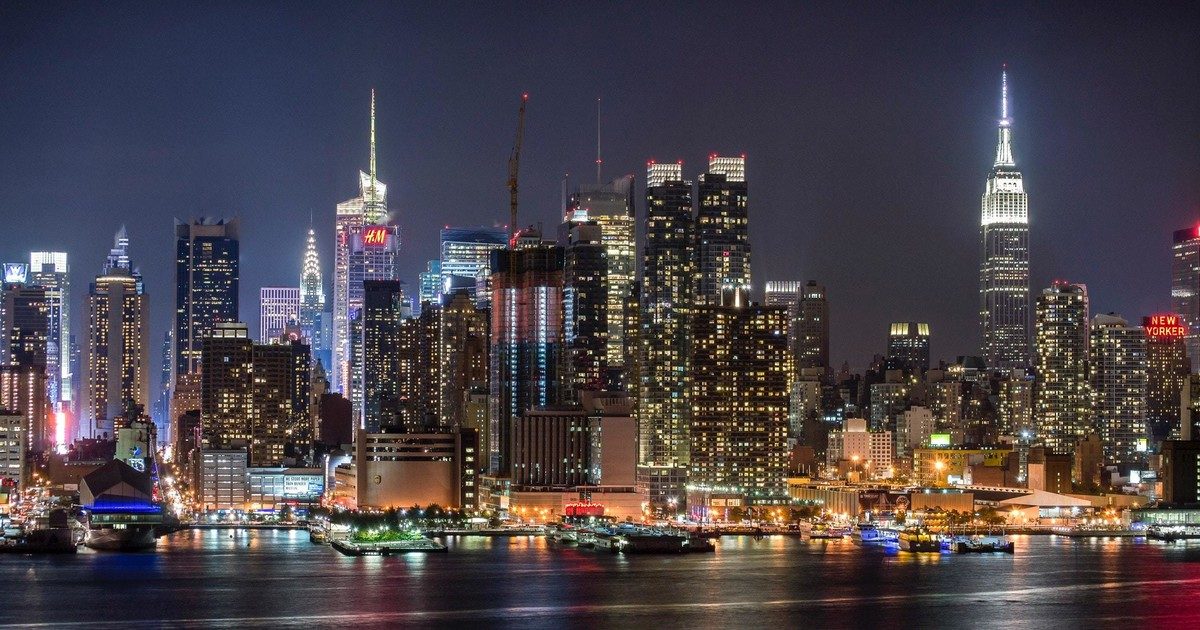Having previously delved into the intricate dynamics of metropolitan areas in class and readings, considering white rural poverty added nuance and perspective to our historical understanding of American society. Although national poverty rates are much lower for whites than blacks, a sweeping, crude understanding of our country does not capture the relatively recent legacies of American policy and ideologies on rural communities. With the rise of national environmental regulation and ensuing exit of extractive industries from American soil, communities across the country have been economically devastated since they largely depended on these industries for their well-being. In spite of the gravity of the situation for many communities, it took Trump’s protectionist rhetoric, promising for the return of rural industries in 2016, for the blight of these communities to enter into national conversations. In Those Who Work, Those Who Don’t: Poverty, Morality, and Family in Rural America, Jennifer Sherman outlines the effect of economically destructive environmental regulations on Golden Valley, California- a town chosen for its normality as a rural white community. Economic downturn not only decreases the availability of work overall, but also affects the small, isolated town in culturally nuanced ways, resulting in a variety of coping mechanisms that both benefit and impede the town’s recovery. This brings into question where responsibility lies, how our society should go about addressing this national phenomenon, how rural white poverty compares with other forms of poverty as well as larger themes of whiteness in the US.
After the exit of the logging industry in 1990 when the northern spotted owl was added to the Endangered Species Act, Golden Valley’s already declining industry came to a sudden halt. Its largely abandoned main street is evidence of its inevitable fate, yet Sherman’s analysis also depicts a community that transitioned to a system of moral capital in order to survive. Work in
the town became largely feminized with service jobs that earned money for households and men were forced to find either paid or subsistence work at best, or utilize welfare and illegal activities as worst. Such a system is unhealthy in a population that values familial dependence on a patriarchal breadwinner. Nevertheless, through a system of community policing enabled by the small size of Golden Valley, status was determined by these means of scraping by. Sherman’s bleak ethnography also teases out a more positive theme that highlights the sentiment of post-industrial areas across the nation: people in these rural white communities do not want to leave because they love where they live. For a variety of reasons largely incomprehensible to most in metropolitan areas, people living in these communities continue to scrape by and disregard the economic appeal of more developed areas. Should such a systemic phenomenon in our country continue to play out or is it time for government intervention?
In changing cultural and economic times, one perspective could be that these communities do not fit within the domestic picture of our country. Men should assimilate to more modern metropolitan forms of masculinity and work feminized jobs, families should accept welfare, and communities should allow for more individual agency instead of policing one another’s every move. A more radical version of this view could even be that these communities are economically unsustainable beyond disrepair and should be left to perish as residents eventually move towards development. Such beliefs seem to frequently stem from stereotypes upheld by a rural-urban divide, characterizing these whites being angry, racist, uneducated, and generally behind the times. Recent protests ignited by the Trump election certainly seemed to show this dynamic on an extreme, violent level. Regardless of whether one takes this stance or not, it is clear that the status quo of government welfare does not address the intricate needs of
these communities, especially among a population already distant from and justifiably suspicious of large government. Similar to grassroots efforts regarding urban poverty, effective action would probably necessitate inviting key players in rural communities to the table.
Whiteness among these rural communities is also largely ignored because of the extent of their homogeneity. Sherman’s brief description of racial hierarchies Golden Valley portrays pervasive racism among white residents, yet I argue that a distinction must be made between those in metropolitan communities actively exposed to conversations on race and those who are not. White racial identity must be further investigated, as surely racial identity for homogeneous rural towns differs from that of more diverse suburbs or cities.
-Ethan Strull
